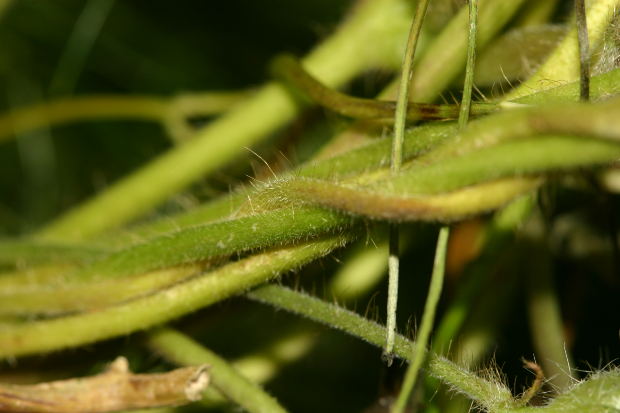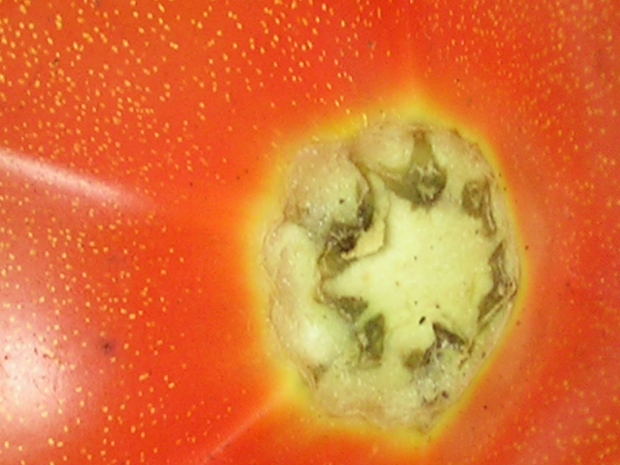 Loading... Please wait...
Loading... Please wait...Save Money. Grow Your Own!
Fast Plain Box Shipping.
We ship to the US & Canada.
Grow Your Own!
Back to the Garden
Posted on 7th Jun 2016
Ironically enough, some people are associating advances in hydroponics with “going back to the garden” or back to a simpler time, even though the technology use is becoming more and more sophisticated, and the goals being served are becoming more and more particular.
Beginning growers can learn a lot from these types of projects. They can learn what's involved in basic products what’s involved in more advanced projects. They can take a look at the philosophies behind setting up a bucket system, a flood and drain system or some other type of setup.

One example comes from South Africa, where the Global Forum for Innovations in Aquaculture was held last year. A presentation from Eden Green Hydroponics showed a vertical hydroponic system that sought to include elements of climate control for plants.
The company calls the trademark idea “Hydroclimaponics.” It involves setting up tiny jets of air to circulate around the leaves of the plant, to provide the best temperature and humidity - by setting up these conditions right around plant leaves, the company provides optimal climates without having to engineer a full indoor greenhouse environment.
Benefits include super-high yields, a carbon neutral footprint, and a lot less water usage. The company also contends that they're eliminating chemical runoff in their gardens, and that short crop cycles lead to an increase of production year-round.
In plain English, the idea here is that you are setting up smaller microclimates for plants, so that you don't have to microwave engineer an entire grow space. Why is this important?
For one thing, we've repeatedly told beginners that temperature and humidity are paramount. Along with ph balance, they're the other two major elements of what it takes to make plants comfortable in a given setting. You need the right temperature, for instance, room temperature for vegetative phases. You need the right humidity, or plants may suffer from things like root mold and mildew or withering plants.
Microclimate technology can alter this equation in favor of your plants. It doesn't really matter much what you're growing -- your plants need precise conditions to thrive.

Why are people calling this philosophy “back to Eden?” Our guess is that it's because the plants that result are so fresh and naturally abundant that people associate them with the kinds of stuff you find in a book like the Bible. At the same time, growing plants hydroponically does change the presentation you get. Plants are a lot cleaner when they're delivered, because they weren’t grown in soil – and they’re still fresh and vibrant. And if the growers took care to manage the chemical creation, they'll taste really good, too.
Another way this is helpful for beginners is that you can take a quick look at the setups and pattern your own garden accordingly. In this case, you have vertical grow spaces, where plants simply grow out of towers in small individual plant pots. This is an easy way to set up a beginner system, and it's effective. We've often highlighted the benefits of vertical tower systems, and pointed out where you can find these around the country, for instance, in some airports in San Francisco and other places where a certain amount of otherwise unused space is being used to grow fresh green produce.
Don't wait for the perfect time to get started with hydroponics. It doesn't take years to develop, and you don't have to be a chemist or an expert in physics. What you need is some simple gear and equipment that you set up for your first grow cycles, from which you can learn through trial and error process how to manage your hydro plants for success.
